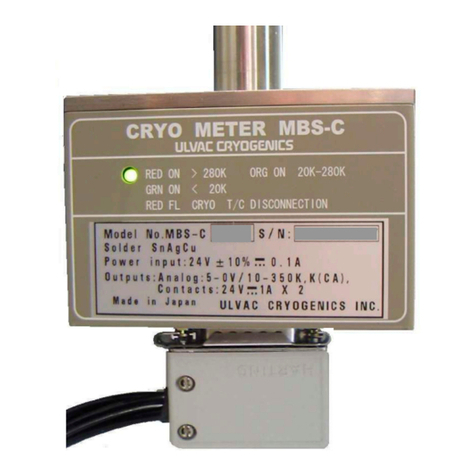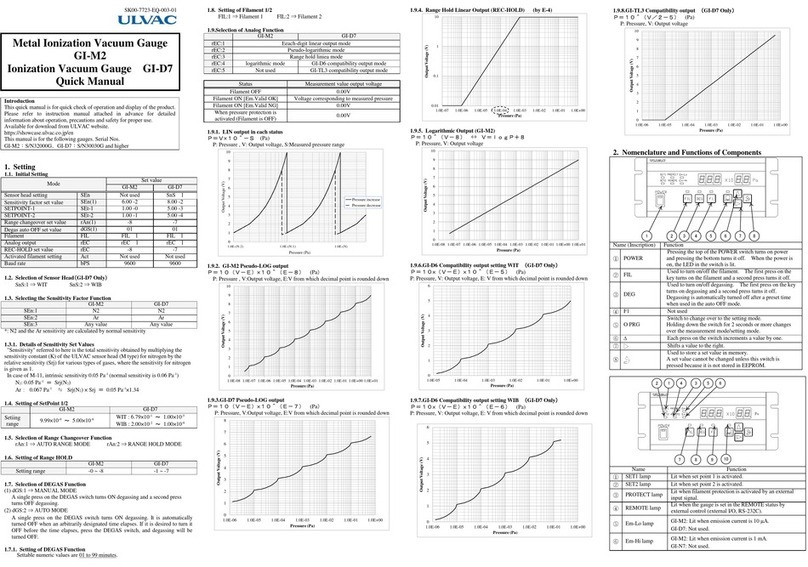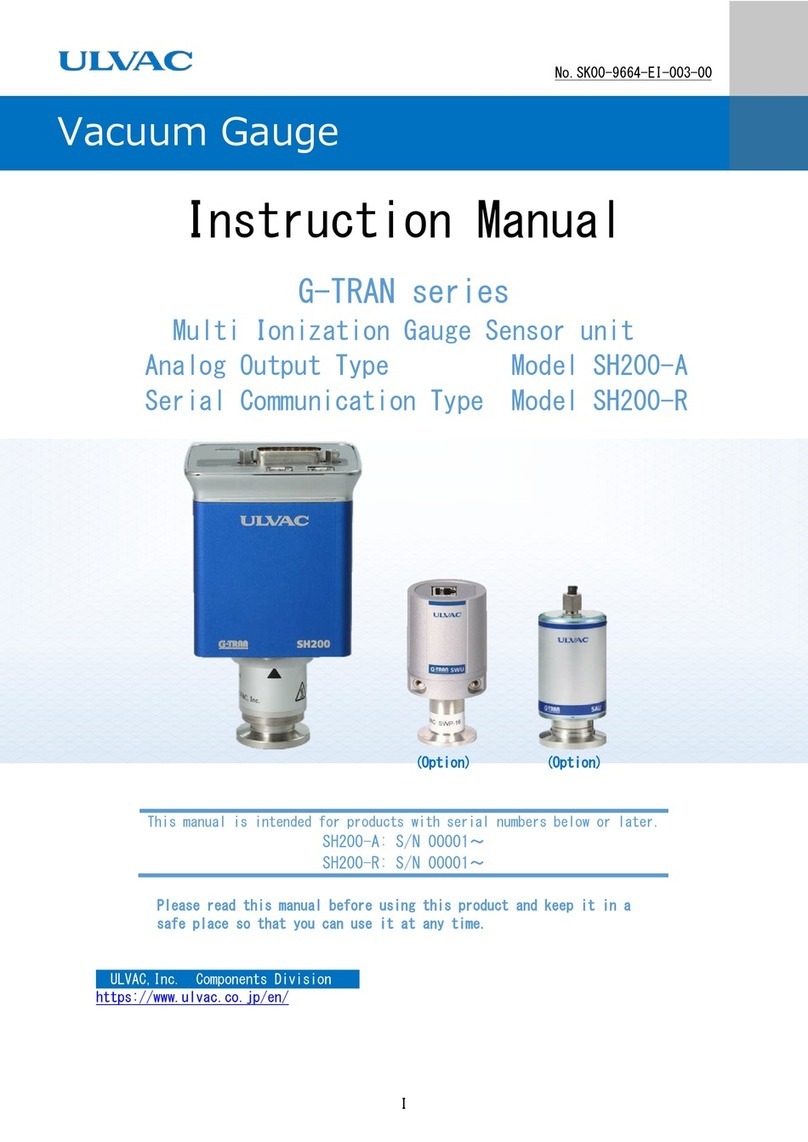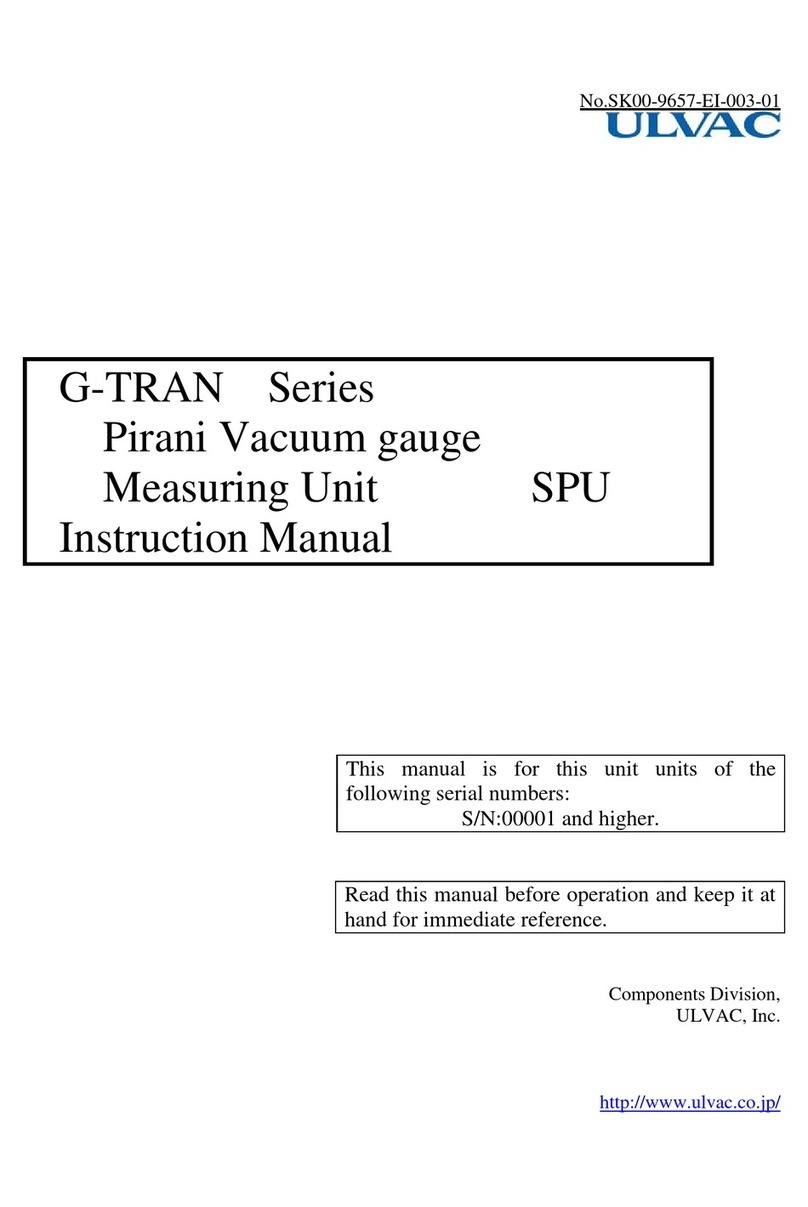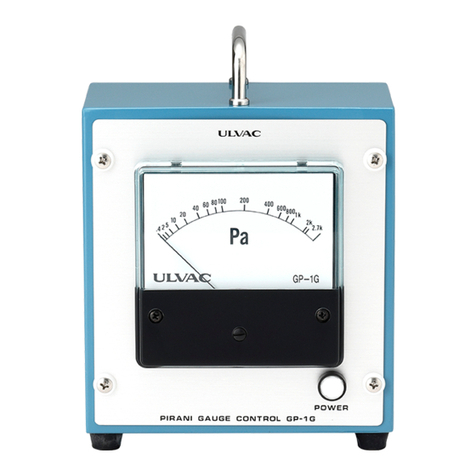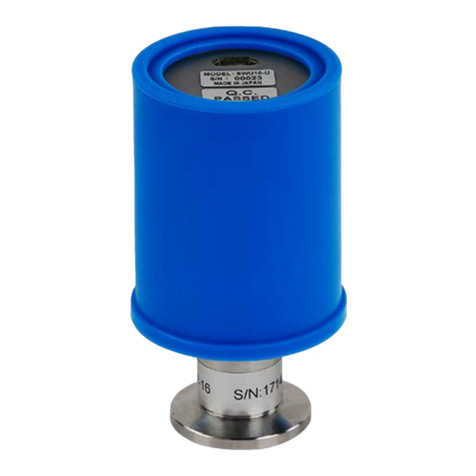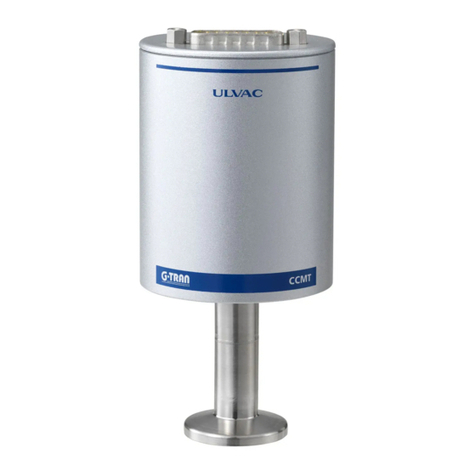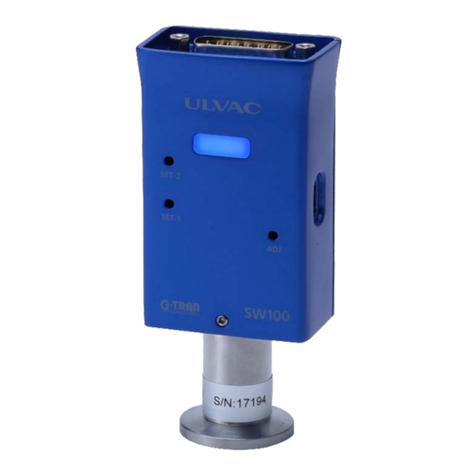
9.3.1. What is degassing?.......................................................................................... 31
9.3.2. Setting the degassing time............................................................................... 31
9.3.3. Degassing operation ........................................................................................ 31
9.4. Filament Change.............................................................................................................. 32
9.4.1. Cautions in operation....................................................................................... 32
9.5. Changing over Recorder Output...................................................................................... 33
9.5.1. Setting of recorder mode ................................................................................. 33
9.5.2. Measurement value output in each status........................................................ 33
9.5.3. LIN output....................................................................................................... 33
9.5.4. LOG output ..................................................................................................... 35
9.5.5. Resolution and output period........................................................................... 36
10. EXTERNAL INPUTS/OUTPUTS.................................................................................. 37
10.1. Set Point Output .............................................................................................................. 37
10.2. Option Board ................................................................................................................... 38
10.3. EXT-I/O Connector......................................................................................................... 39
10.4. External Digital Output ................................................................................................... 40
10.5. External Control Input..................................................................................................... 43
10.6. Method of External Control............................................................................................. 45
11. HOW TO USE COMMUNICATION (RS-232C) .......................................................... 46
11.1. Communication Specifications........................................................................................ 46
11.1.1. Key specifications ........................................................................................... 46
11.1.2. Baud rate setting.............................................................................................. 46
11.1.3. Communication cable/connector..................................................................... 46
11.2. List of Commands ........................................................................................................... 47
11.3. Explanation of Command Action.................................................................................... 48
11.3.1. Changing over remote/local control ................................................................ 48
11.3.2. Reading the emission valid signal................................................................... 48
11.3.3. Control of filament.......................................................................................... 48
11.3.4. Control of degassing........................................................................................ 48
11.3.5. Reading the gauge status ................................................................................. 49
Setting sensitivity factor.................................................................................. 49
11.3.7. Setting specific sensitivity factor..................................................................... 49
11.3.8. Setting and reading the setpoint ...................................................................... 49
11.3.9. Reading the measured pressure value.............................................................. 50
11.3.10. Reading the external protection status............................................................. 50
11.3.11. Setting of filter................................................................................................. 50
11.3.12. Control of offset .............................................................................................. 50
11.3.13. Reading the controller status ........................................................................... 50
11.3.14. Error resetting.................................................................................................. 51
11.3.15. Setting the recorder output .............................................................................. 51
11.4. Cautions in Operation...................................................................................................... 51
12. TROUBLESHOOTING .................................................................................................. 52
12.1. Cause and measures where emission current doesn’t flow.............................................. 59
12.2. About the malfunction indication.................................................................................... 59
13. APPENDIX ..................................................................................................................... 60
13.1. Principles of Operation.................................................................................................... 60
13.1.1. Basic structure of ion gauge ............................................................................ 60
13.1.2. Problems of ion gauge..................................................................................... 61
13.1.3. Axial symmetric transmission (AT) gauge...................................................... 62
13.1.4. Micro current measurement............................................................................. 63
13.2. Types of Measurable Gas and Specific Sensitivity ......................................................... 64
14. APPENDIX: TEST MODE............................................................................................. 66
15. WARRANTY.................................................................................................................. 67
16. EC DECLARATION OF CONFORTMITY................................................................... 68
17. China RoHS Declaration ................................................................................................. 69
18. CERTIFICATE OF DECONTAMINATION ................................................................. 70
19. RELATED DRAWINGS ................................................................................................ 71

